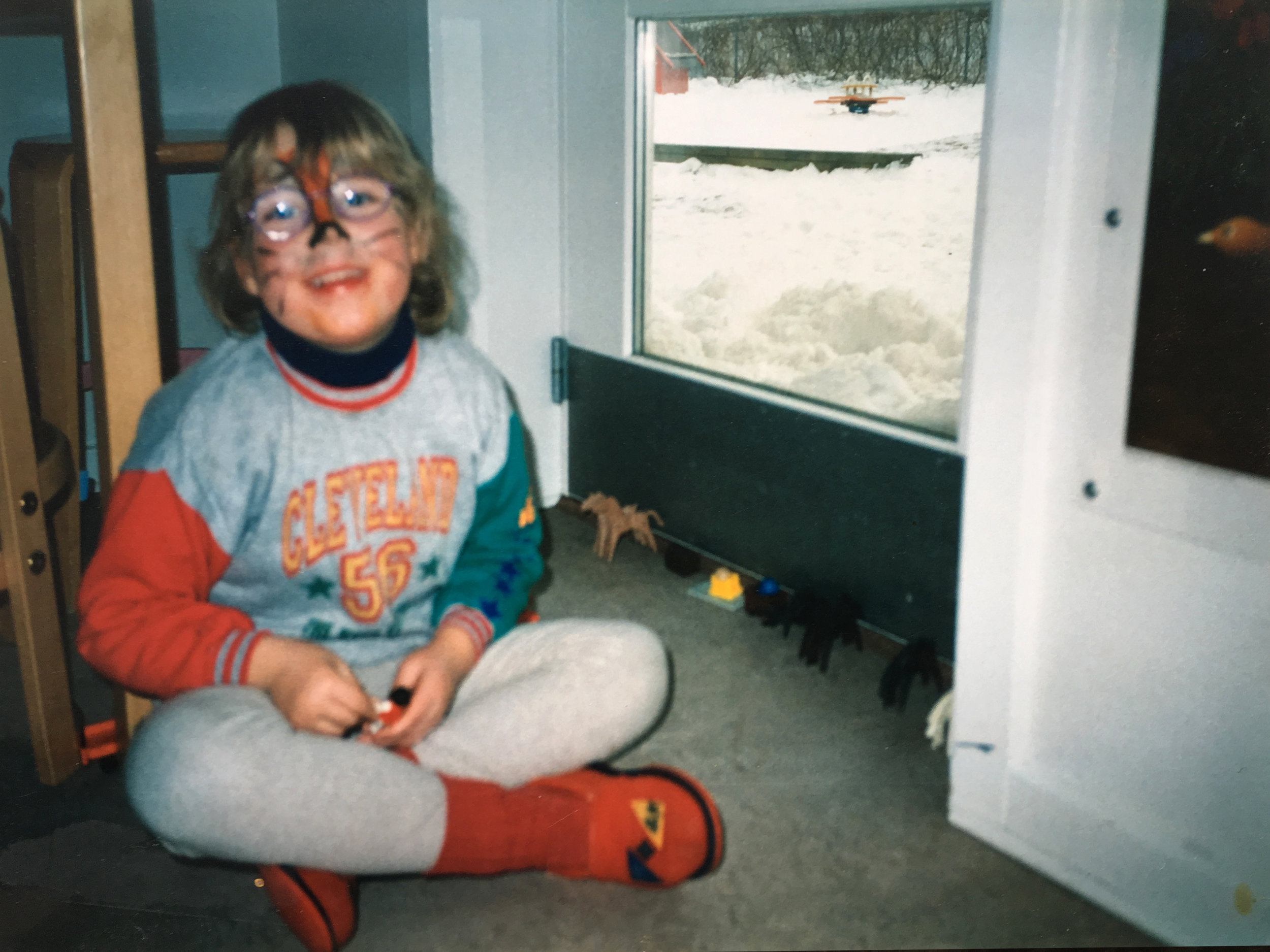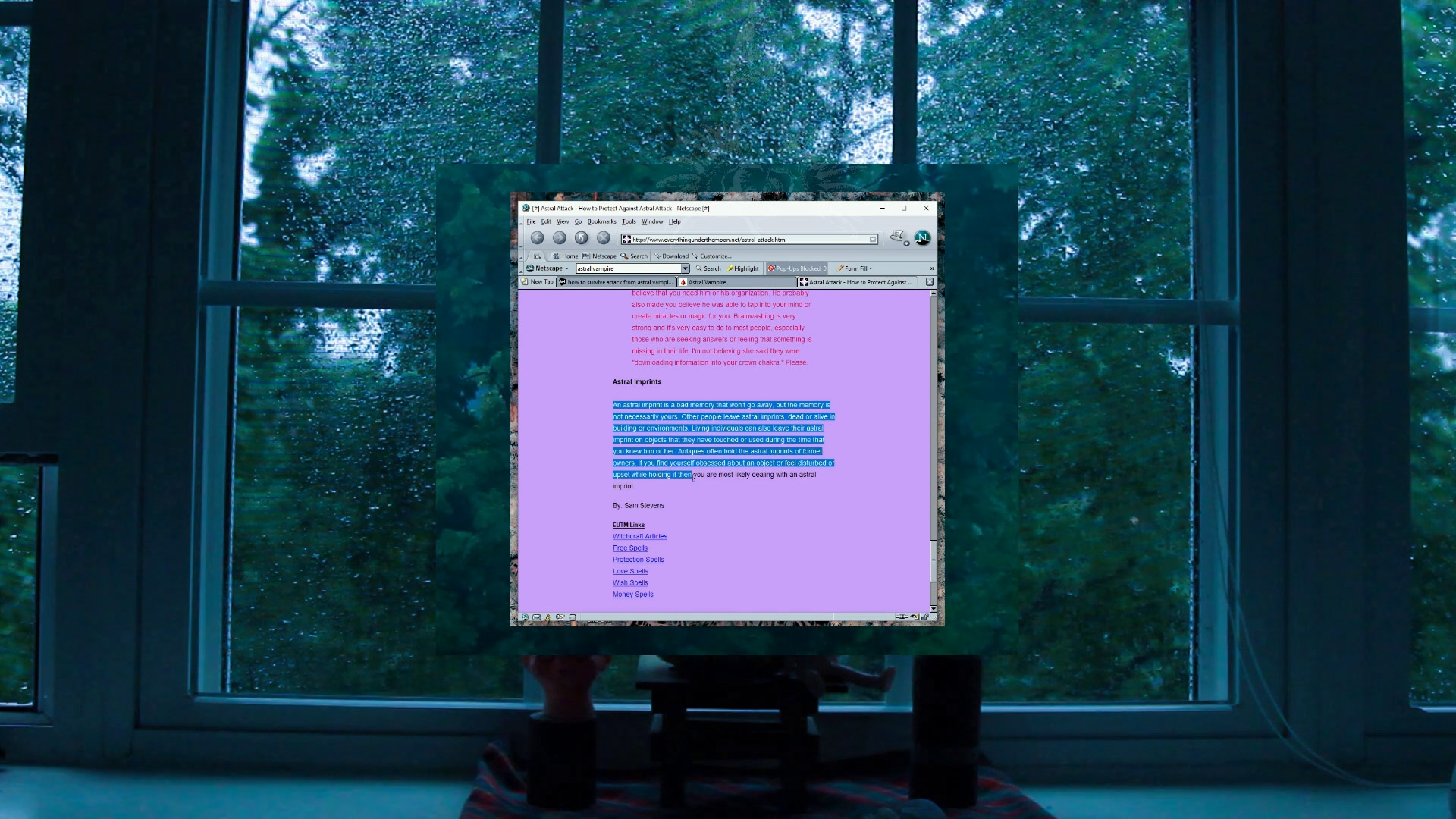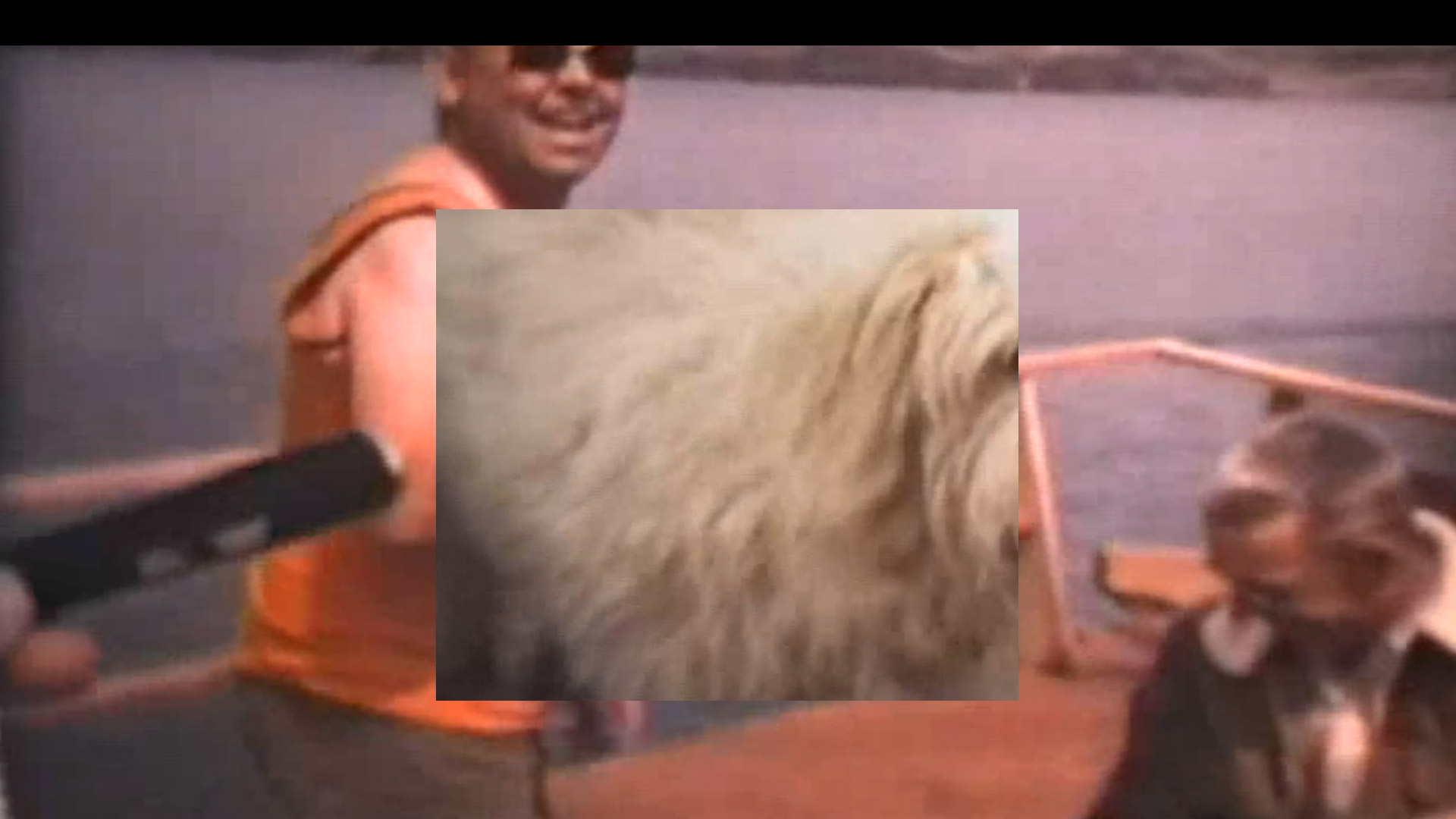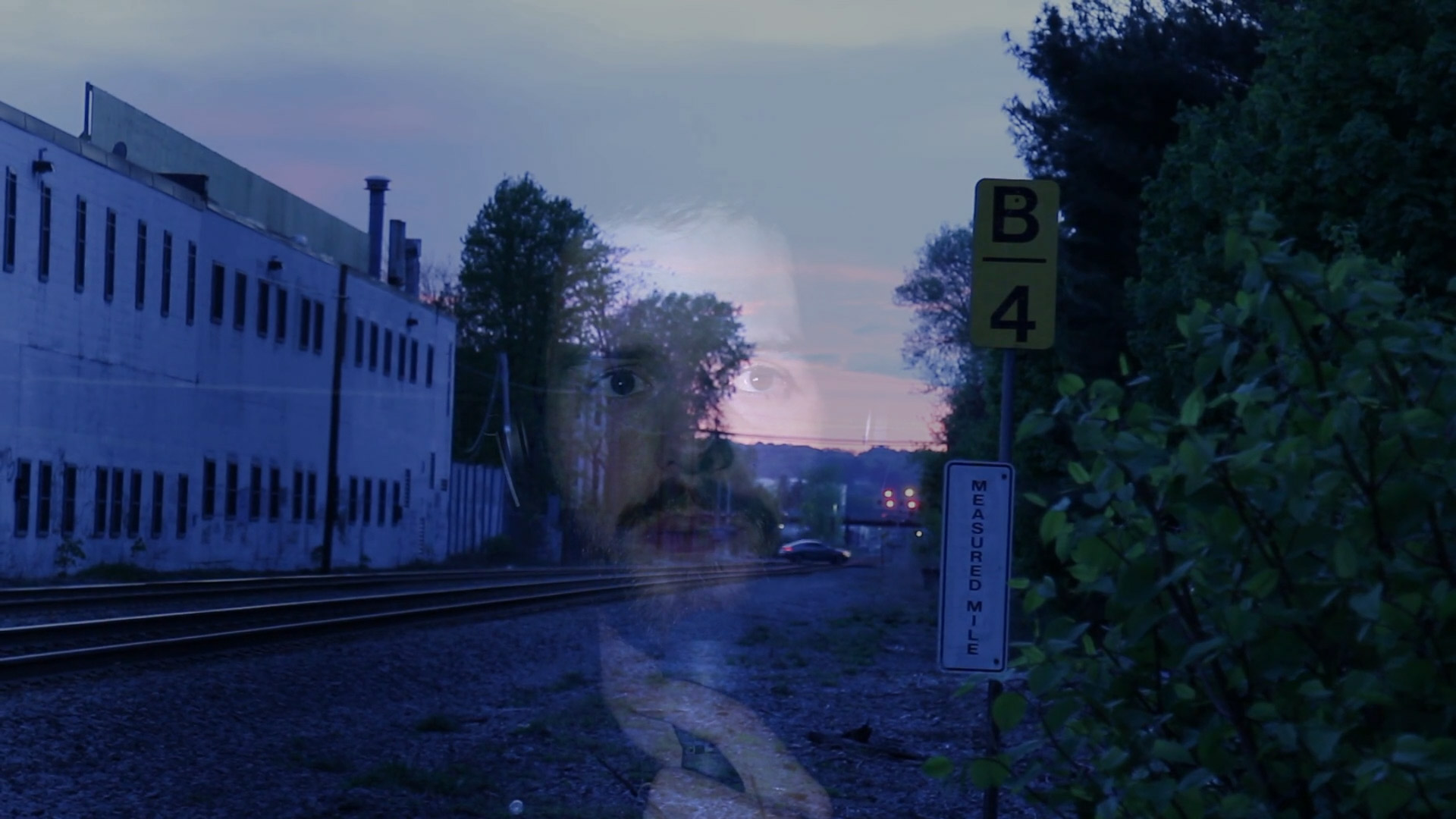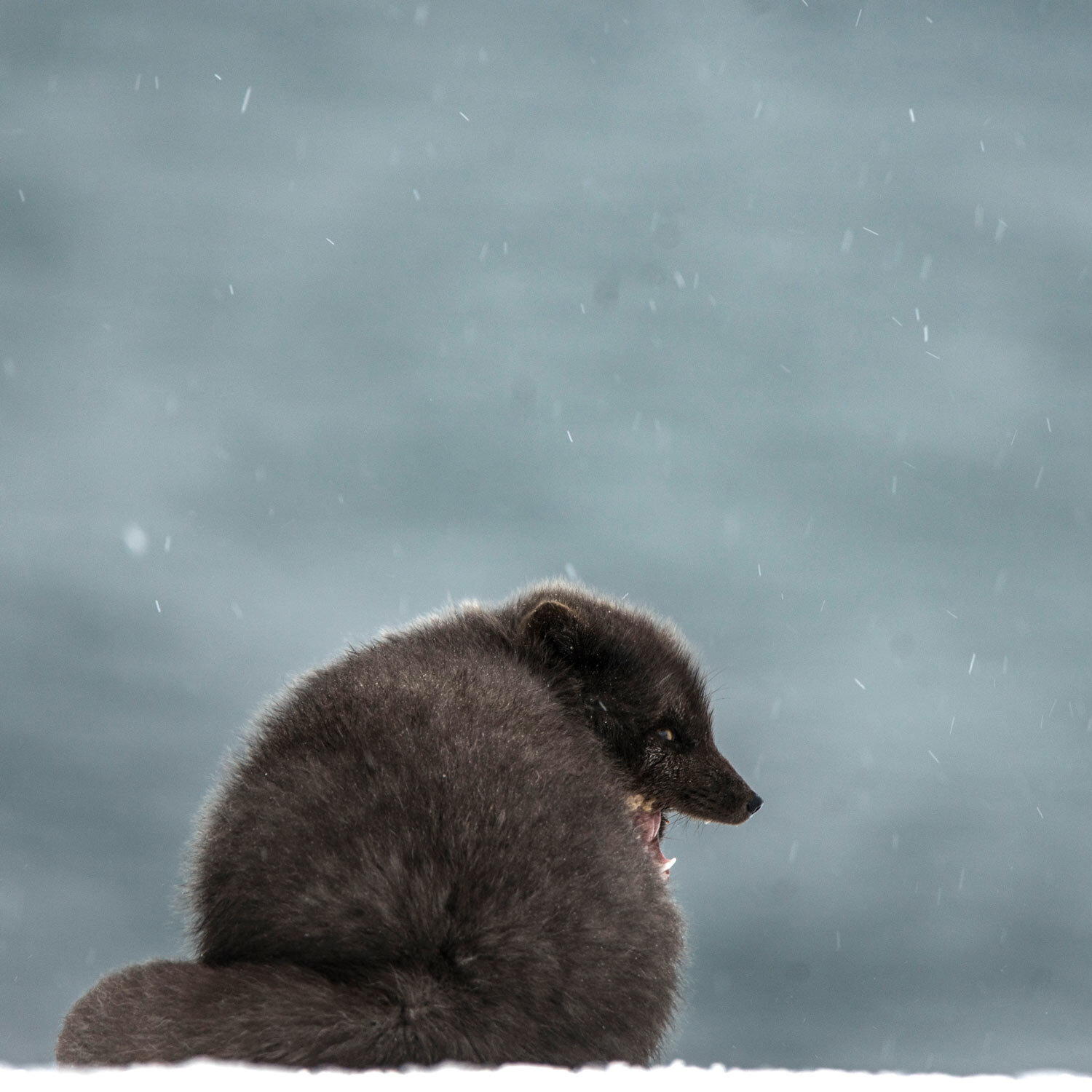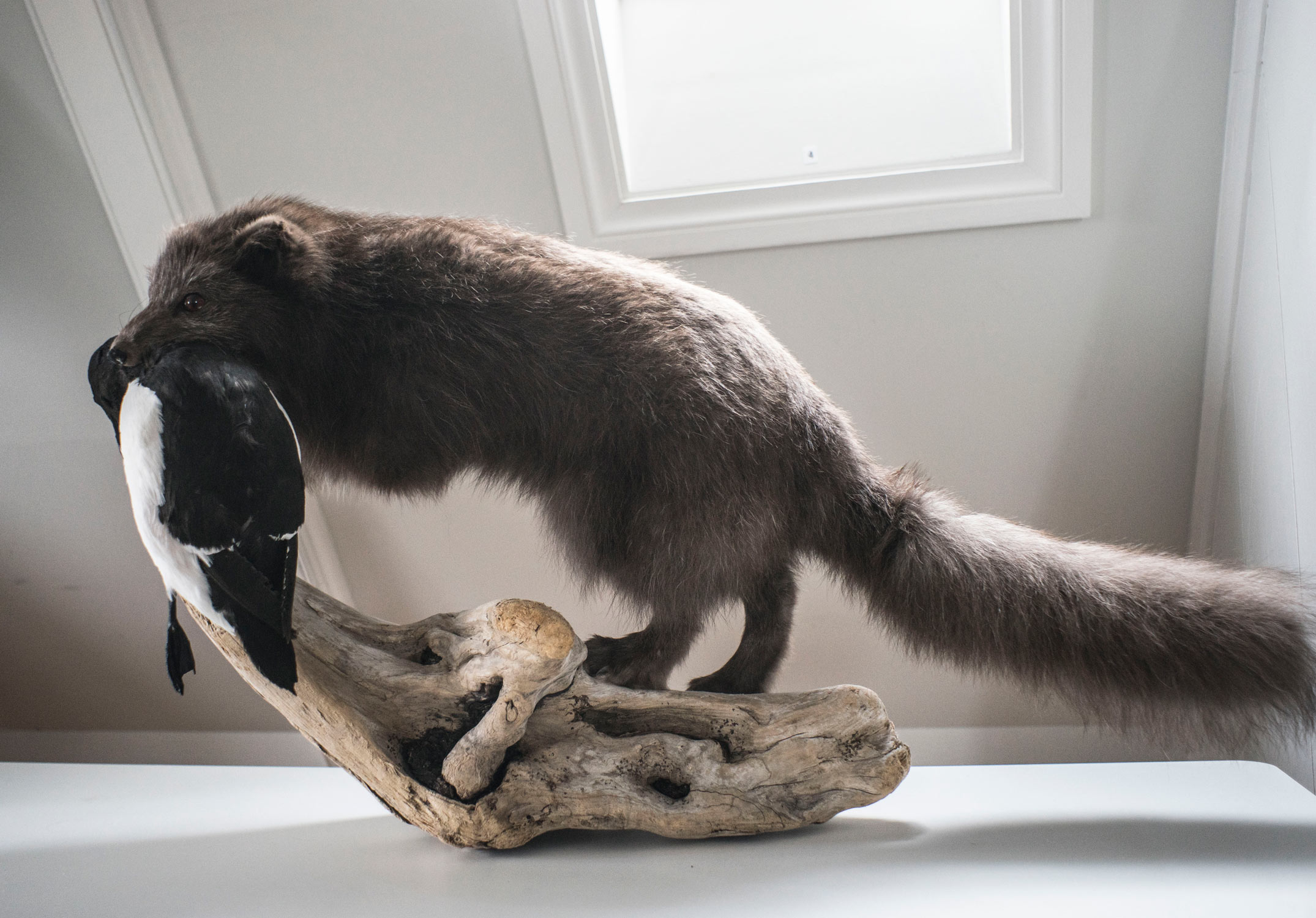HBM101: Much Corruption
/Growing up, Jeff Emtman had a hard time balancing his piety for the One God with his piety for the Gnomish lord Berwyn. Generally, he deferred to the latter, though he lost favor eventually with both.
Jeff’s scoutmaster, a retired surgeon with a habit of collecting unusual boats, was always trying to get Jeff outside, away from the computer where he spent most of his free time playing a game where he tried to save the world from corruption and evil.
Ancient Domains of Mystery (more commonly called “ADOM”) is an massive roguelike game that’s inspired heavily by Dungeons and Dragons. Developer Thomas Biskup released the first version of it in 1994.
Jeff, a gnomish wizard of status, is susceptible to corruptive background radiation. Once pure, his breath became ever more sulphurous, thorns that sprouted from his hands, etc. And he failed in his quest to save the world.
The Surgeon invited Jeff to join him for kayaking on the Naches River of Washington State. The river holds a small irrigation dam that the two must navigate--the Surgeon with ease, and Jeff with no small amount of existential, religious struggle.
The “burning hands” spell in this episode comes from a Esperanto-language reading of Charles Dickens’ A Tale of Two Cities, released as public domain audiobook by Librivox. The excerpt used can be translated to “...and the chain was bound around the arm.”
Producer: Jeff Emtman
Editor: Jeff Emtman
Music: Serocell, The Black Spot, AHEE, Circling Lights ← New music!
Example of a character bio created in ADOM. This character, a dwarfish wizard was born in the sign of the Falcon, which garners benefits to initial willpower and charisma. Also has increased ability to survive in in wild. Dwarves tend to be good with magic and subterranean skills.
Character ‘@’ engaged in combat with goblin berserker ‘g’ in a partially explored dungeon. Hostile ice vortex ‘V’ approaches. Far right: Staircase leading upwards ‘<’, lawfully aligned altar ‘_’ and an ancient statue ‘&’. Also pictured: walls ‘#’, floors ‘.’, and doors ‘#’.



